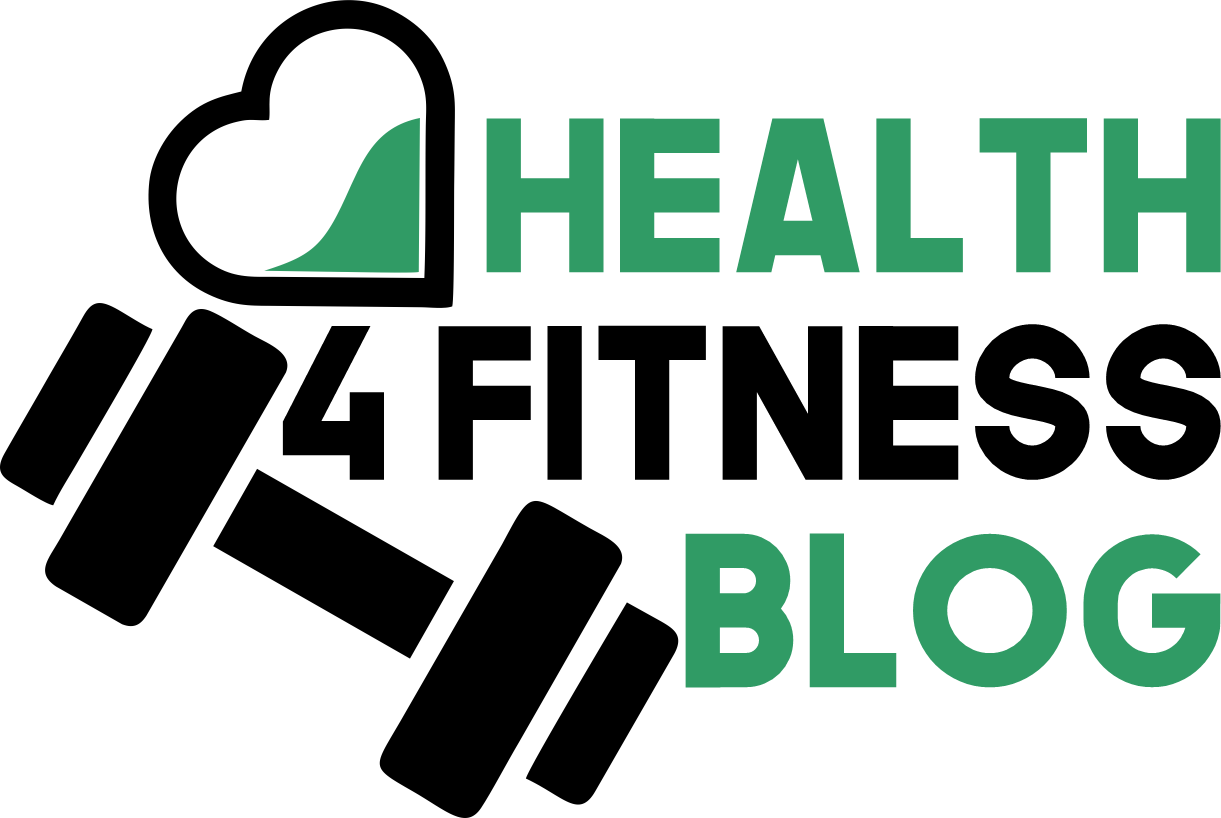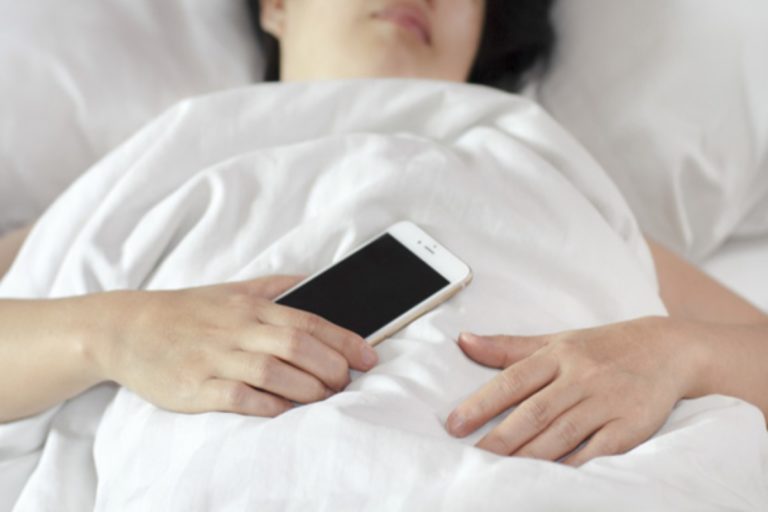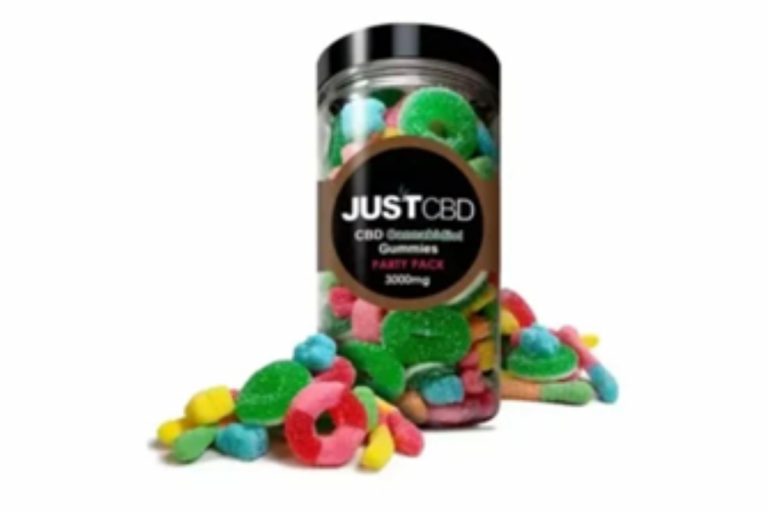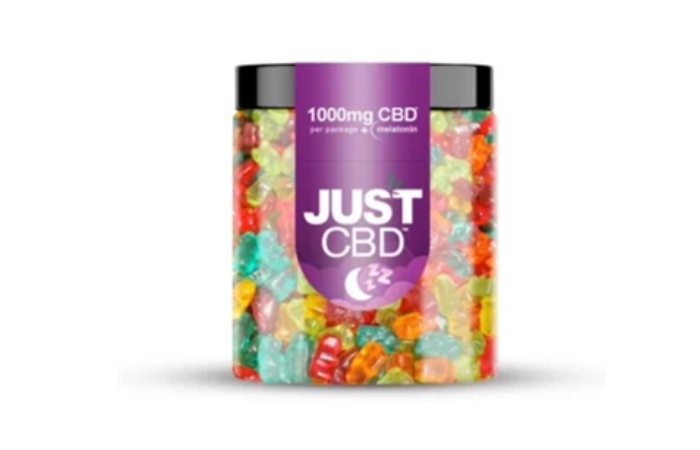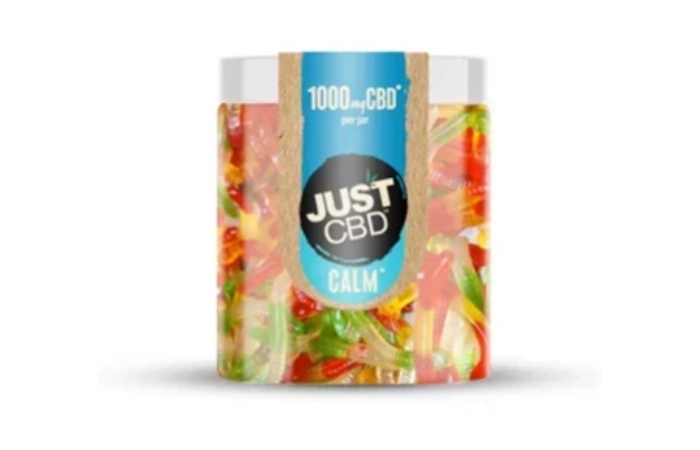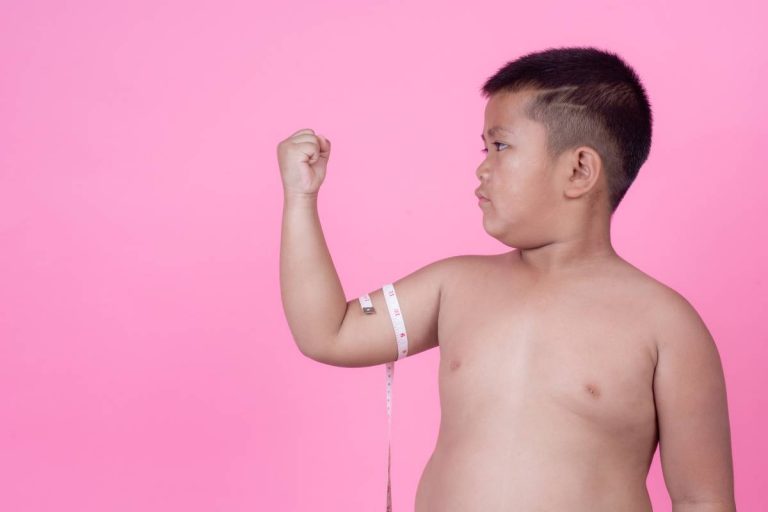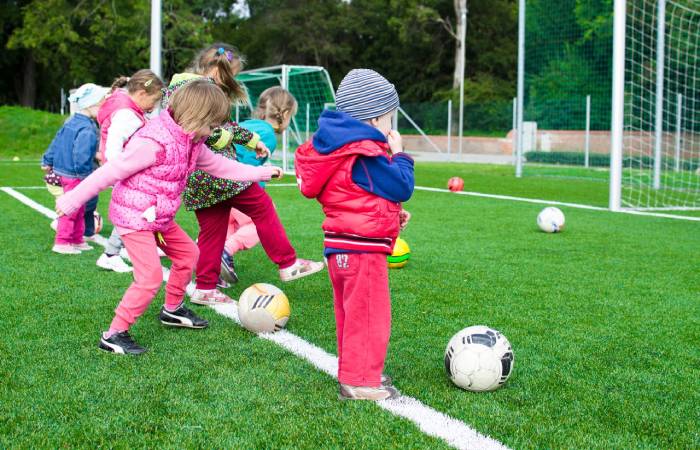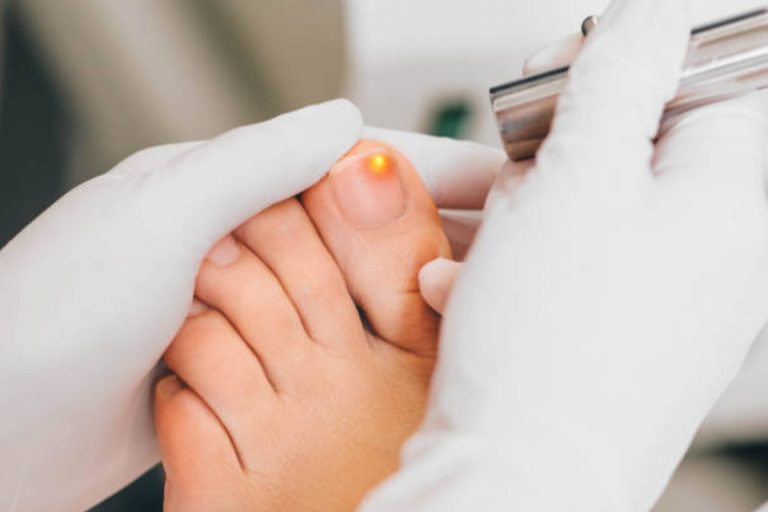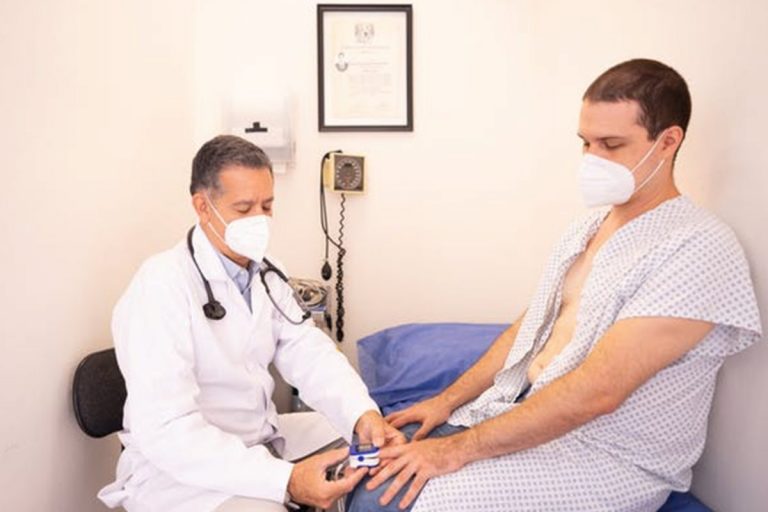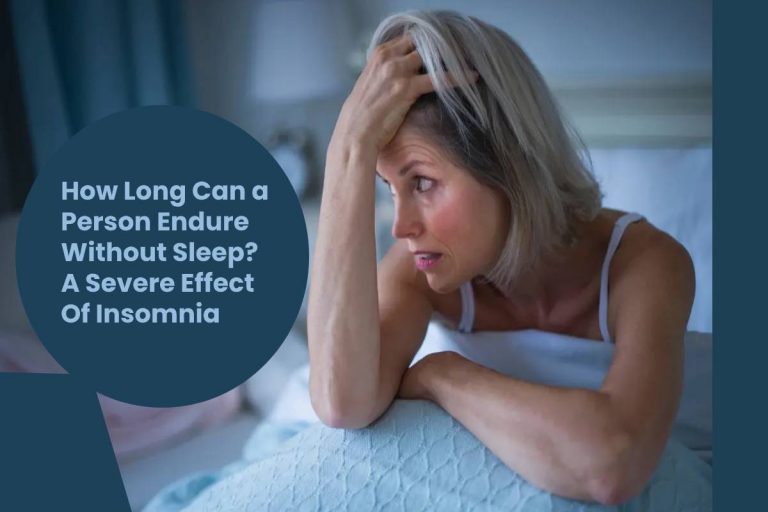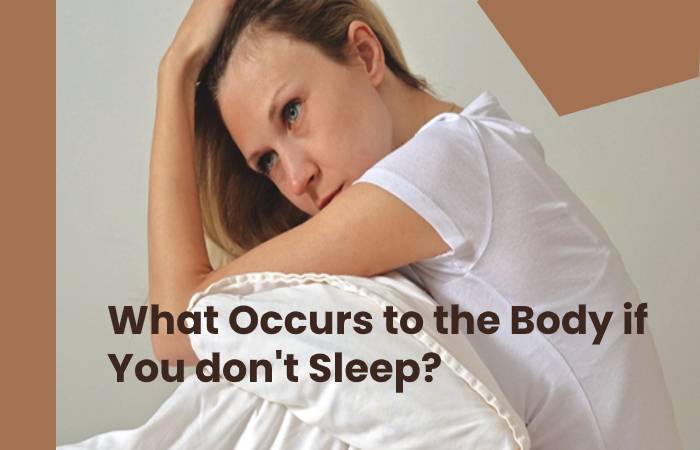Sleep experts agree to a fact these sleep apps will do a very good job in detecting when you are asleep and awake. But, there is still some skepticism because most of the stress removal app relies on your phone’s accelerometer for tracking down the movements, however, people will make the same movements in light and deep sleep.
When checking that the Instagram feed will be the tempting way to relax, using any kind of gadgets before sleep will contribute to sleep deprivation. Also, blue light coming out from the screens will adversely affect melatonin production, brings alertness as well as shift the circadian rhythms.
Table of Contents
Why Keep Track of My Sleep?
The stress removal app takes up the majority of the time, thus do you need one that will take you to the dreamland? Suppose you have any trouble sleeping, then you must give these apps one try. Let us know why.
- One biggest benefits of sleep trackers are they will help you to sleep more. Recognizing your sleep cycle patterns & daily habits will help you to change the environment as well as your schedule for maximizing the sleeping hours.
- Most of the sleep trackers and apps come with a smart alarm, which will wake you up while you are in the light stage of your sleep, instead of during deep sleep.
- Getting good sleep is important but improving the sleep quality is equally important. Suppose your sleep cycle is a bit irregular, it can be causing lots of havoc in life.
1. SleepTown
Building good and healthy sleep habits will be one process & SleepTown gamifies this in such a way that motivates you to maintain it regularly. You will set the sleep-related goals (such as waking up at some time), and when you stick to it, you construct buildings & expand the mini-town in an app. However, if you miss the goal, then your buildings will get demolished.
2. Pillow
Pillow wants you to track down your sleep manually as well as wake times by using the watch button, however, this app has some amazing features. Besides the sleep tracking & heartbeat integration, with $4.99 paid version provides audio technology, which will capture snoring and abnormal breathing during the night that will help to diagnose sleep apnea. This includes detailed analytics, which graphs the sleep stages. This paid version provides the sleep aid function that plays soothing sounds that will help you go in deep sleep as well as a power nap feature, which helps to analyze daytime sleeping.
3. SleepTime+
Suppose you are not a morning person type, honestly you need a Sleeptime+ application. Whereas it will not help you to sleep, it may ensure getting out of your bed daily is less painful. When you place the phone by your sleeping bed, SleepTime+ may analyze your sleeping pattern, and a smart alarm may wake you up while you are sleeping.
4. CALM
If you prefer sleeping to the bedtime story, then this is a wonderful app for you. “Sleep Stories” of Calm’s include some soothing bedtime stories for children and adults. They also have the celebrity readers such as Matthew McConaughey! Every story paints a relaxing picture, as well as takes the mind off stress & a “to-do” list. There are a few free stories, however, if you get the subscription, options increase & include meditations specifically made for your sleep.
Final Words
Hence, these are some of the top sleep apps that you must consider installing on your phone. Make sure you pay attention to the app you download on your phone and use only the right apps that suit your sleeping pattern.
